20.11.2022
PSLV-C54: ISRO To Launch OceanSat-3, 8 Nano-Satellites On Nov 26. All You Need To Know
EOS-06/PSLV-C54: ISRO's upcoming mission is scheduled for launch at 11:56 am IST on November 26.
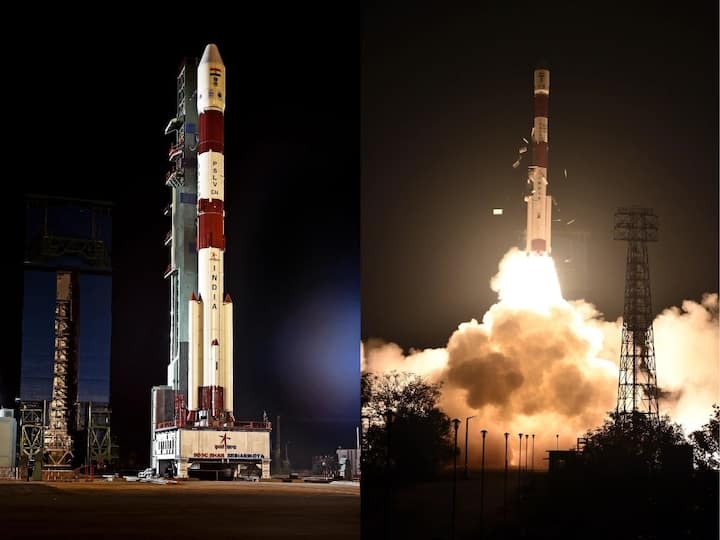
OceanSat-3 is an Indian satellite that will be launched as part of ISRO's PSLV-C54 or EOS-06 mission. It is designed to provide service continuity for operational users of the Ocean Colour Monitor instrument on OceanSat-2. (Representative photos of PSLV) ( Image Source : ISRO )
PSLV-C54: The Indian Space Research Organisation (ISRO) will launch OceanSat-3 and eight nano-satellites on November 26, as part of the PSLV C-54 or EOS-06 mission. The mission is scheduled for launch at 11:56 am IST on November 26, the Indian space agency says on its website.
According to a report by news agency PTI, a senior ISRO official said the mission will launch OceanSat-3, also called EOS-06 (Earth Observation Satellite), along with BhutanSat, a Bhutanese satellite, a nano-satellite called Anand, developed by Pixxel India, and other nano-satellites developed by Dhruva Space, Astrocast and Spaceflight USA, a Seattle-based aerospace company.
In a statement released by the Ministry of Earth Science on November 8, 2022, Union Minister of Science and Technology, Dr Jitendra Singh, said space applications are being deployed to share valuable inputs on "marine surveillance" sign India's security agencies.
All about EOS-06 mission
OceanSat-3, along with eight nano-satellites, will be launched from First Launch Pad, Satish Dhawan Space Centre, Sriharikota, Andhra Pradesh.
This is ISRO's 84th mission so far and the space agency's fifth mission this year. EOS-06 is the 56th launch attempt for the Polar Satellite Launch Vehicle (PSLV), and the rocket's third mission for 2022. The scheduled ISRO mission is the 167th launch orbital attempt this year.
OceanSat-3 is an Indian satellite designed to provide service continuity for operational users of the Ocean Colour Monitor (OCM) instrument on OceanSat-2, and will facilitate the potential of applications in other areas, according to nextspaceflight.com. The main objectives of the satellite are to study surface winds and ocean surface strata, monitor phytoplankton blooms, study suspended sediments and aerosols in the water, and observe chlorophyll concentrations.
More about OceanSat-3
OceanSat-3 is the third flight unit of the OceanSat programme, and its main mission is ocean observation. The satellite has a mass of 960 kilograms, and will operate at 1,360 Watts, according to Observing Systems Capability Analysis and Review Tool (OSCAR), a resource developed by the World Meteorological Organization (WMO) in support of Earth observation applications. OceanSat-3 will be placed into a sun-synchronous orbit. The altitude of the orbit where OceanSat-3 will be placed is 723 kilometres.
The payloads flying on OceanSat-3 are Ocean Colour Monitor (OCM), Sea Surface Temperature Monitor (SSTM), Advanced Data Collection System (A-DCS), and Scatterometer for Oceansat-3 (OSCAT-3). A-DCS is also called Argos-3.
It is estimated that the instruments OCM, SSTM, and A-DCS will operate beyond 2030.
Quelle: abp
----
Update: 26.11.2022
.
Start von ISRO PSLV-C54 mit OceanSat-3, 8 Nano-Satellites
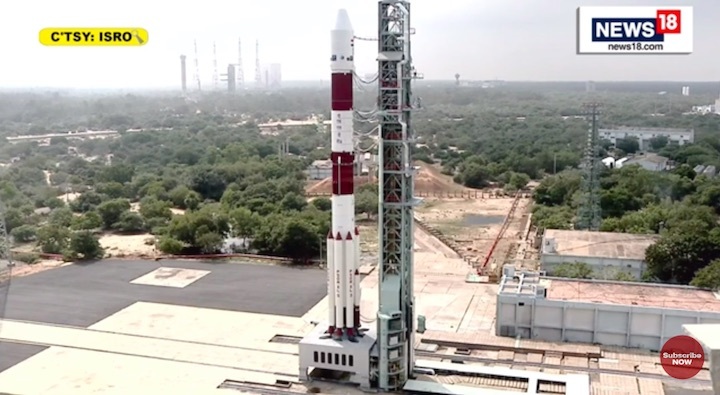

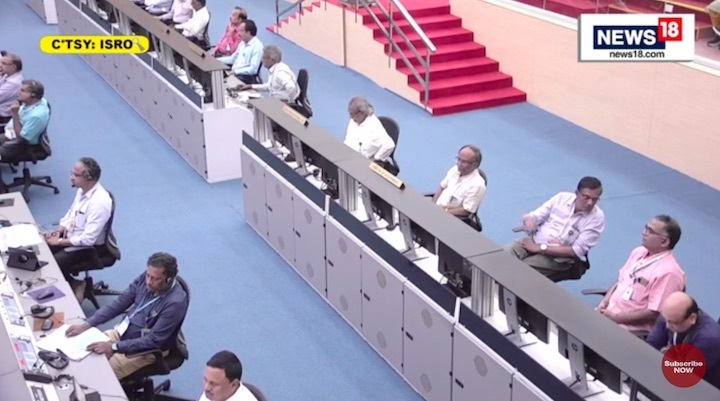
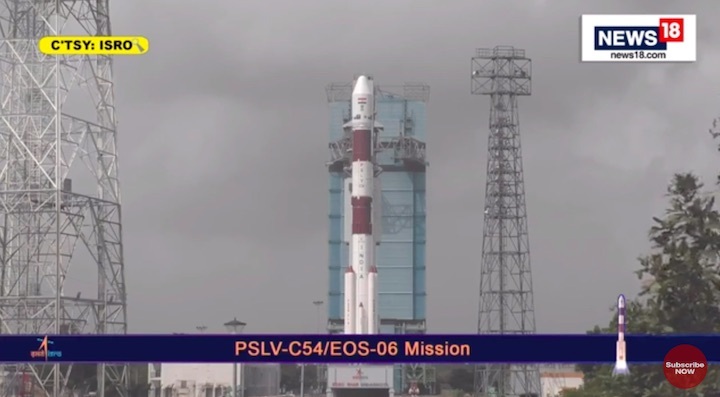
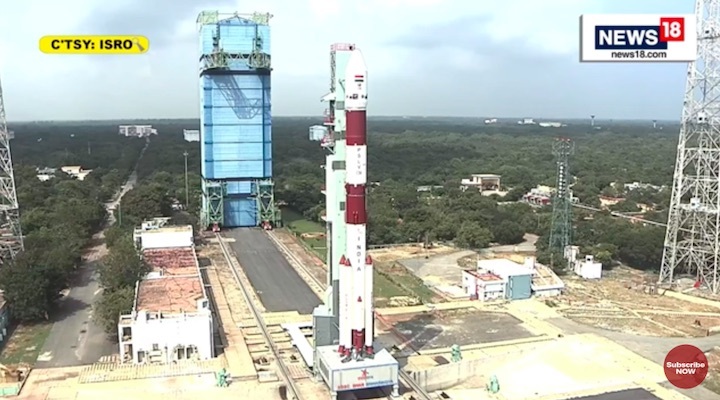

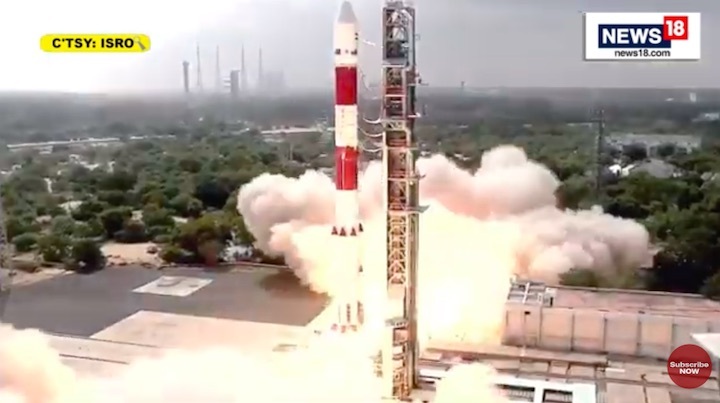
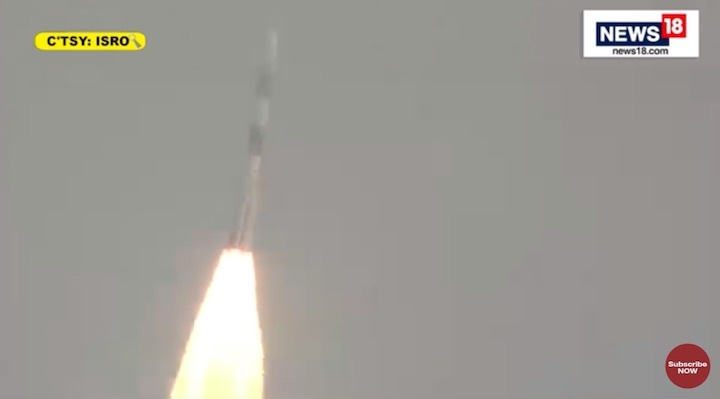
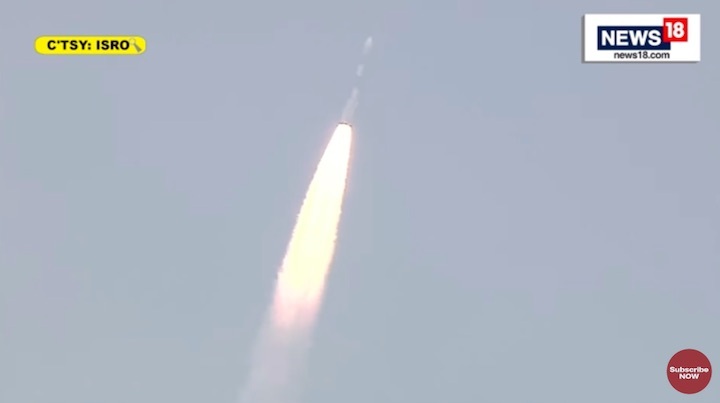
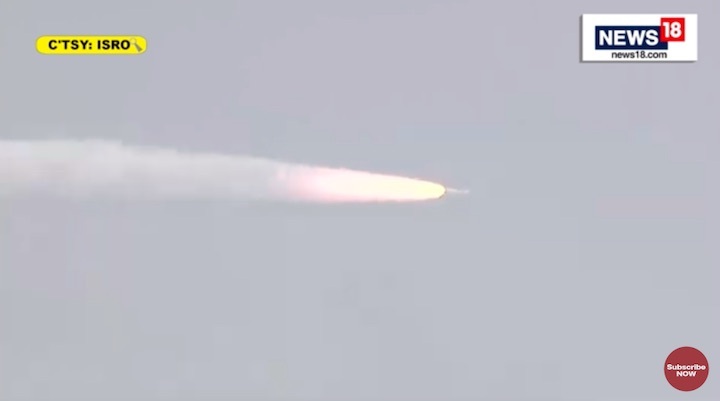
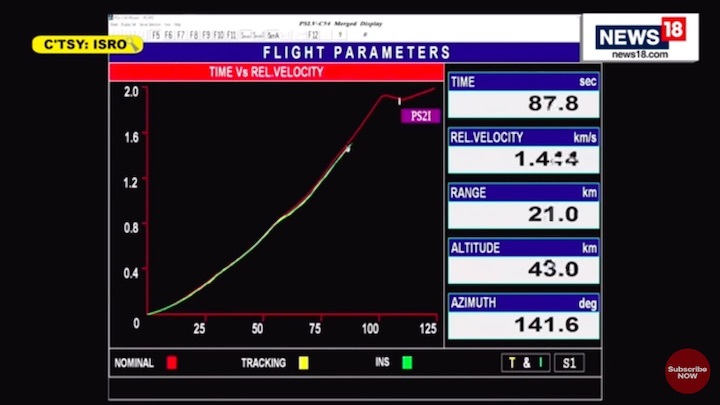
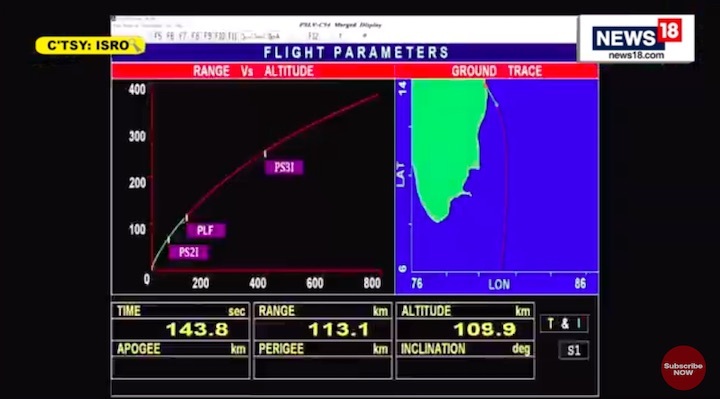
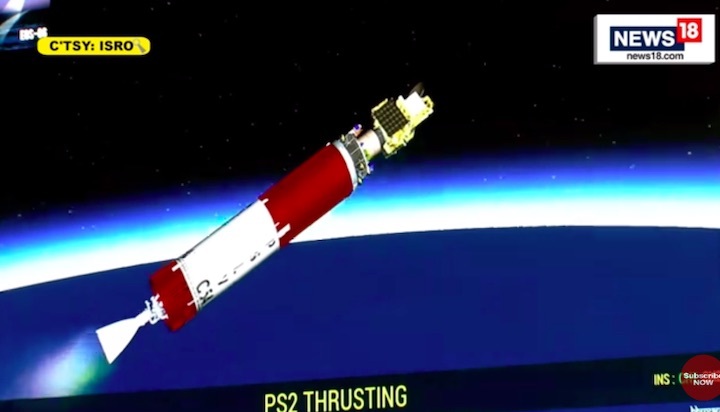
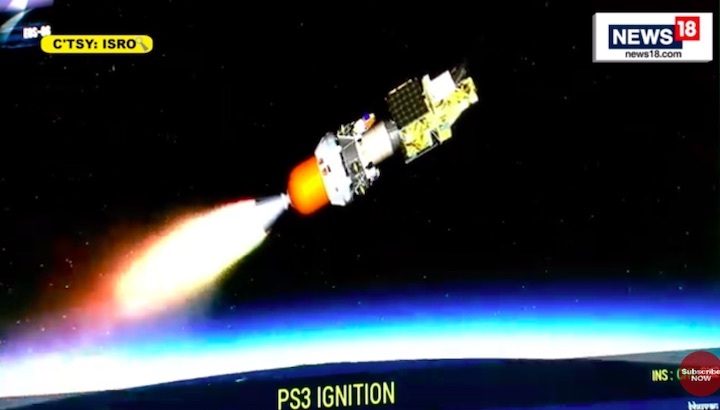

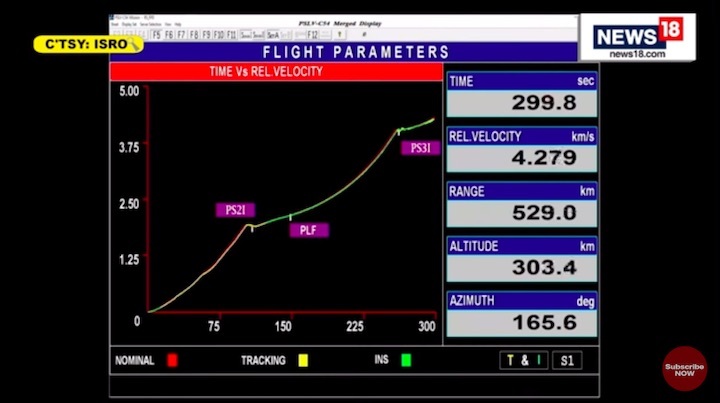
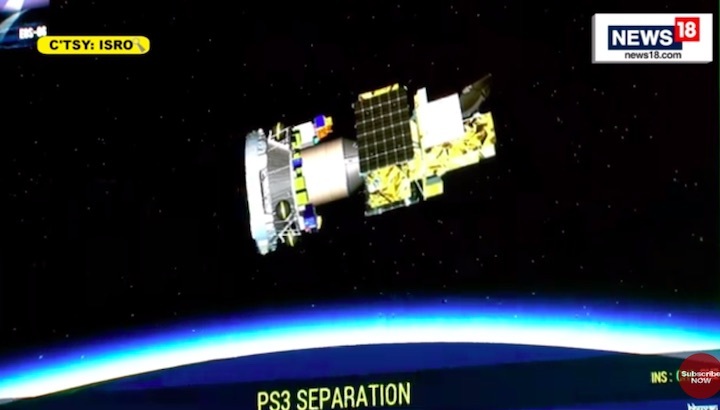
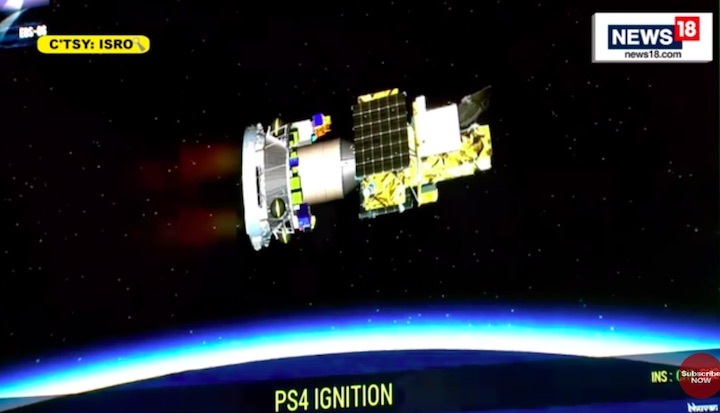

Quelle: ISRO, News18
